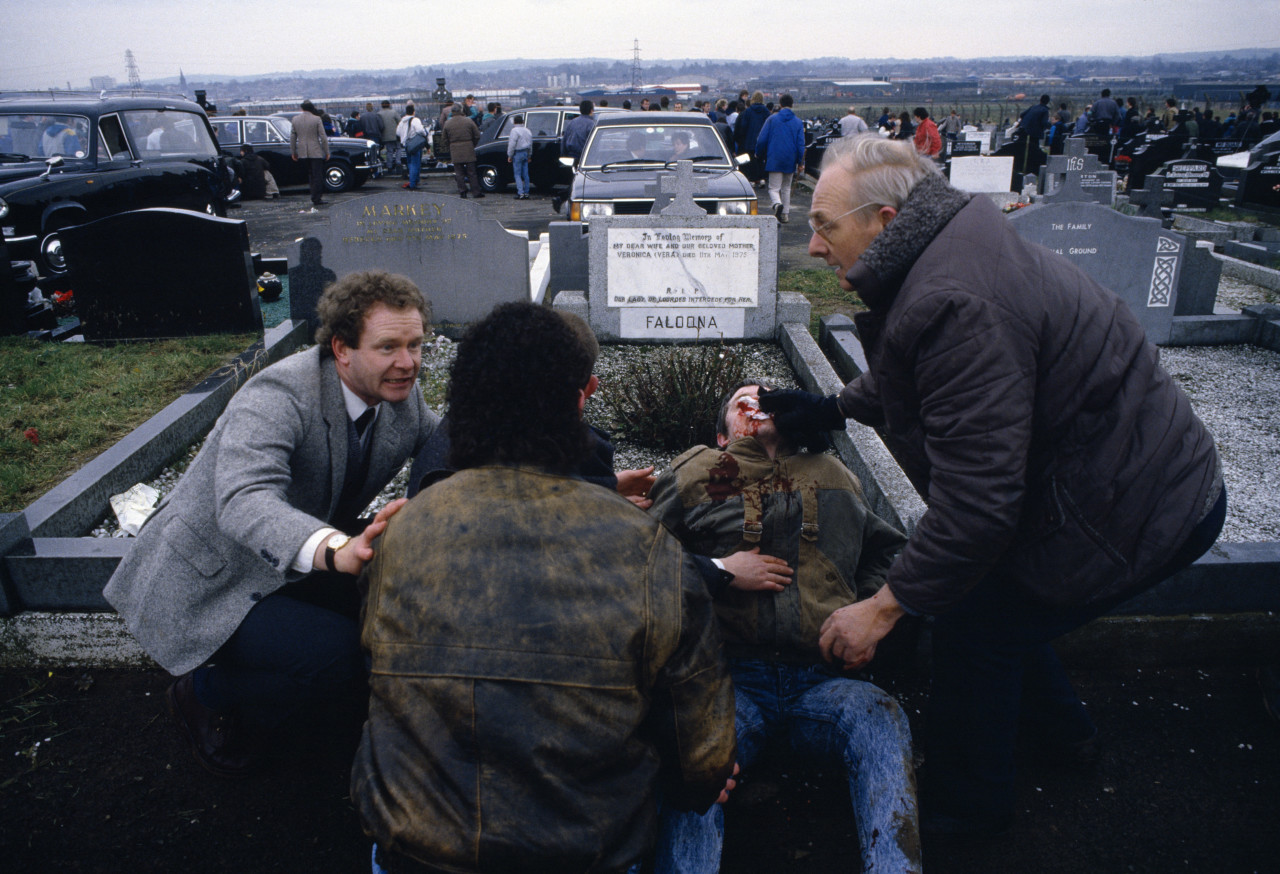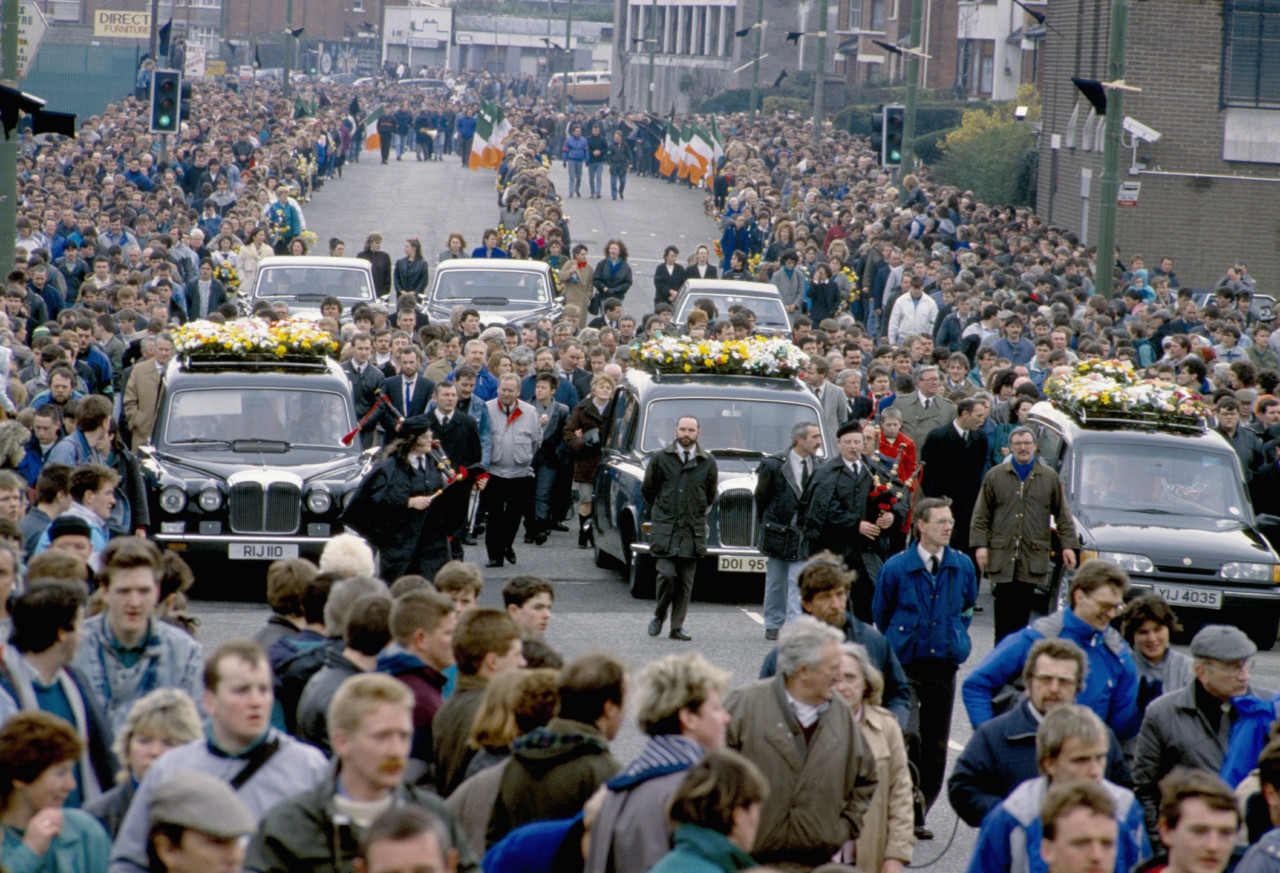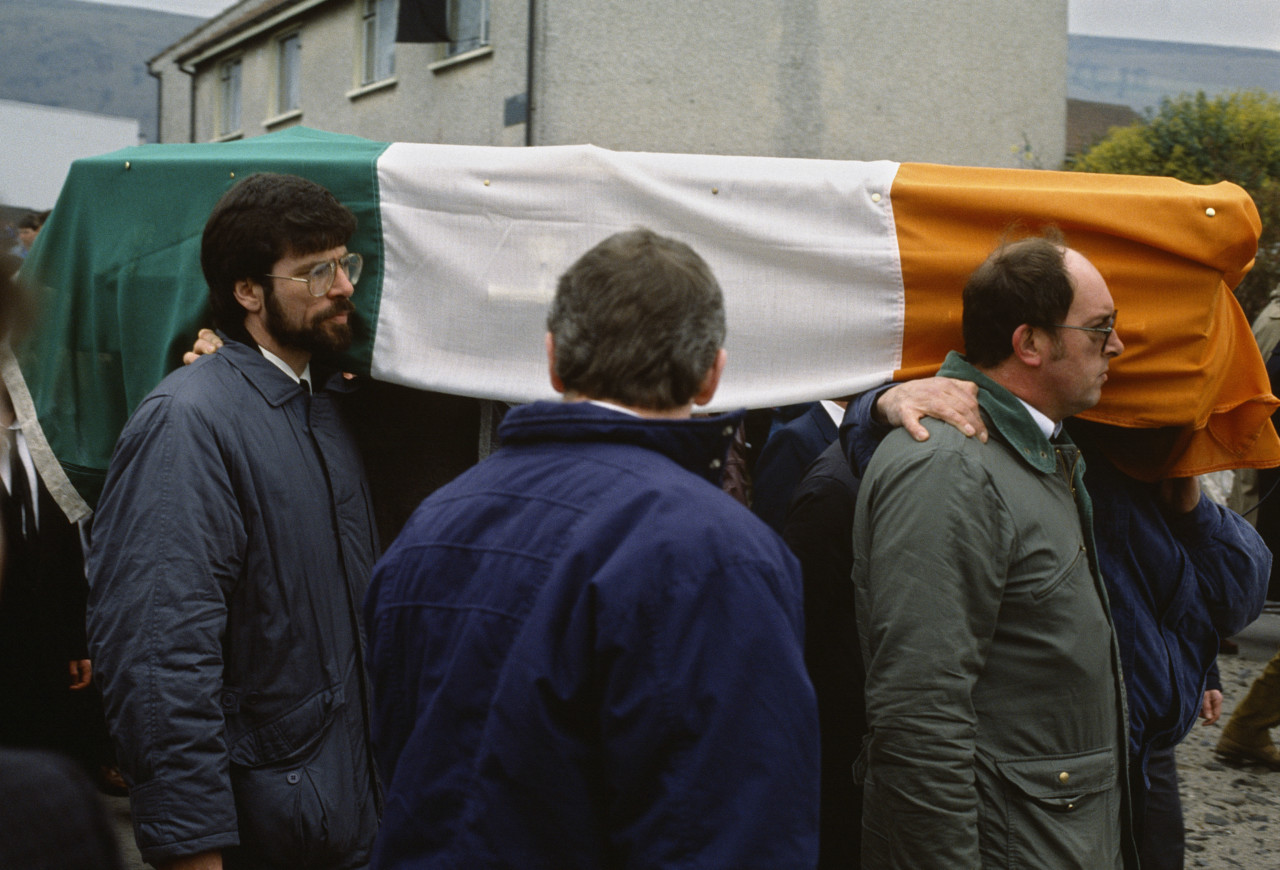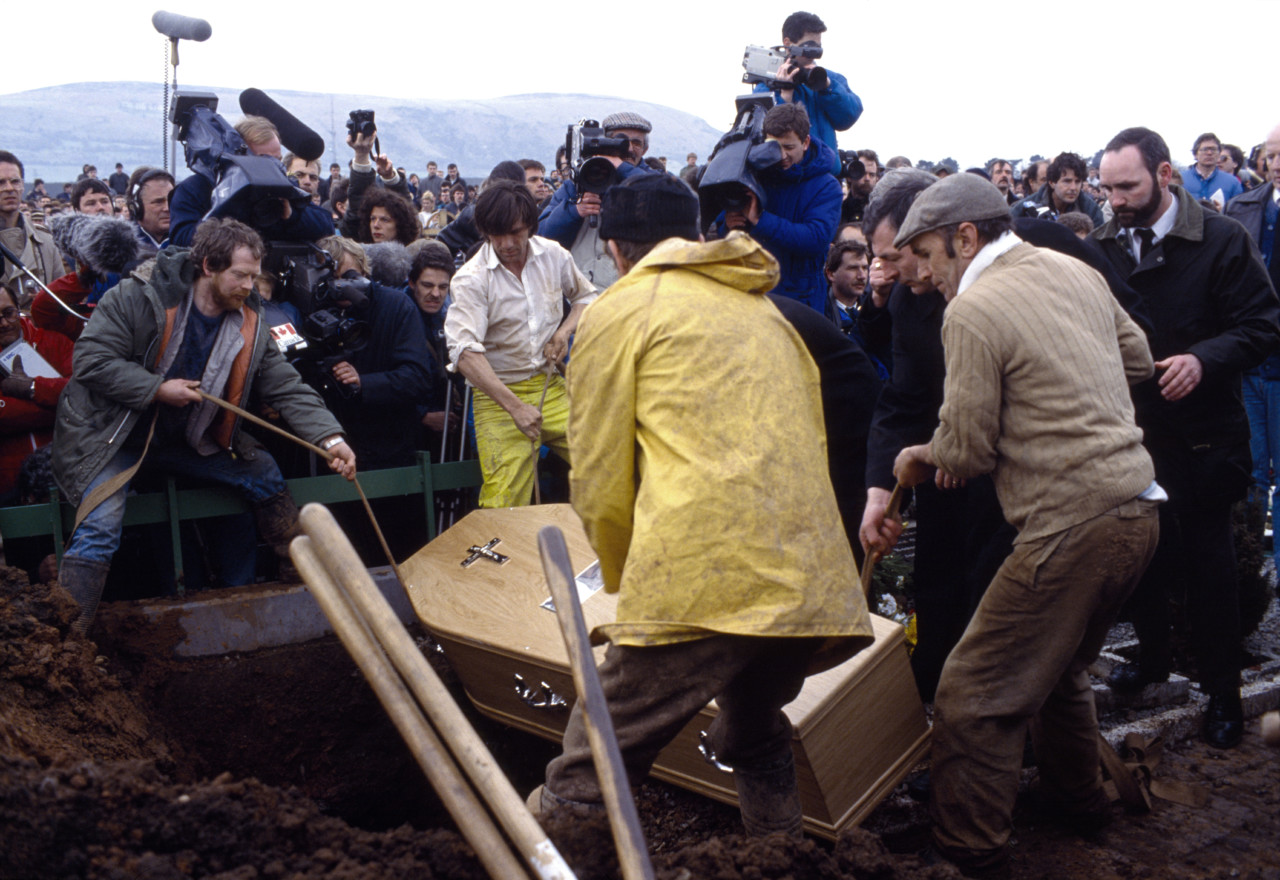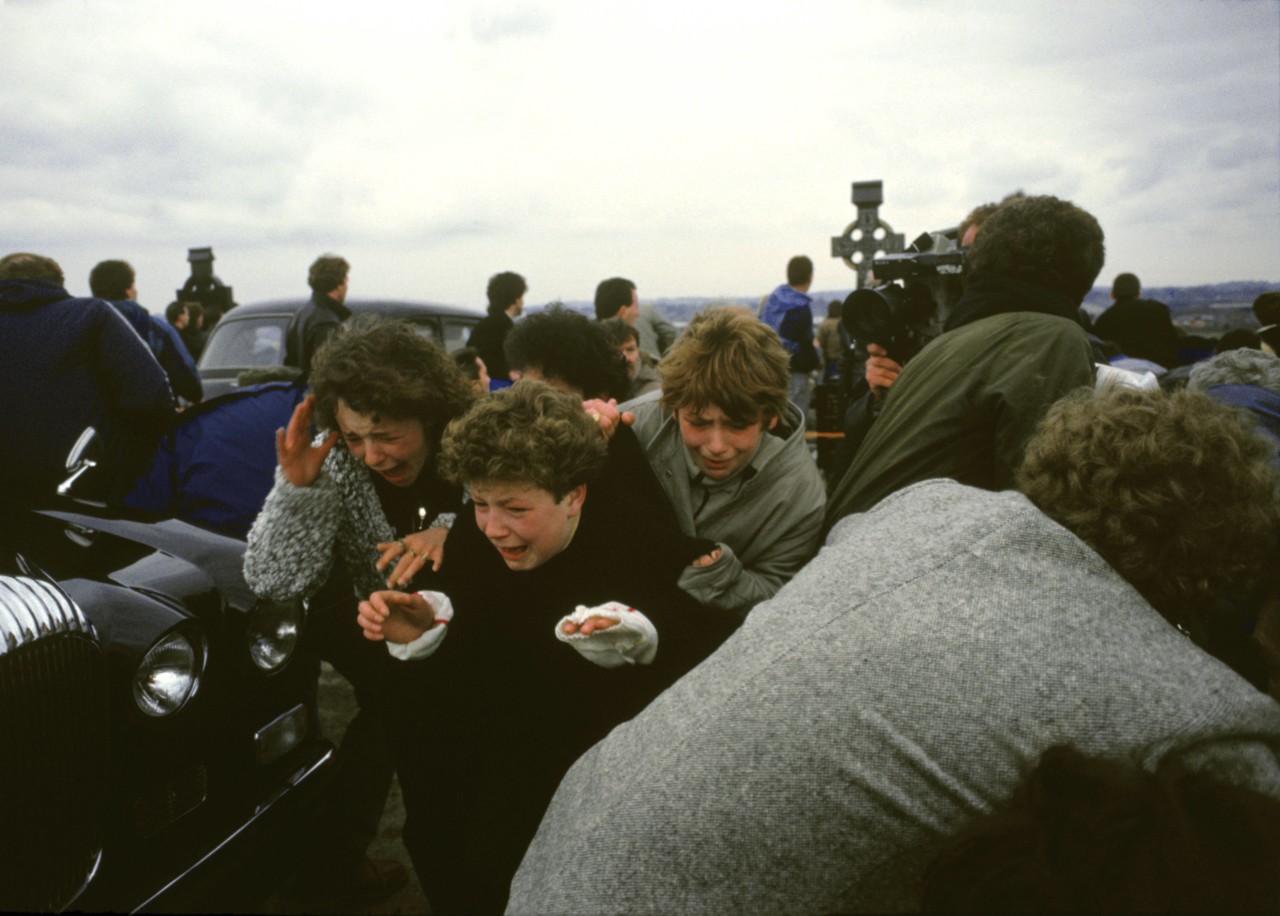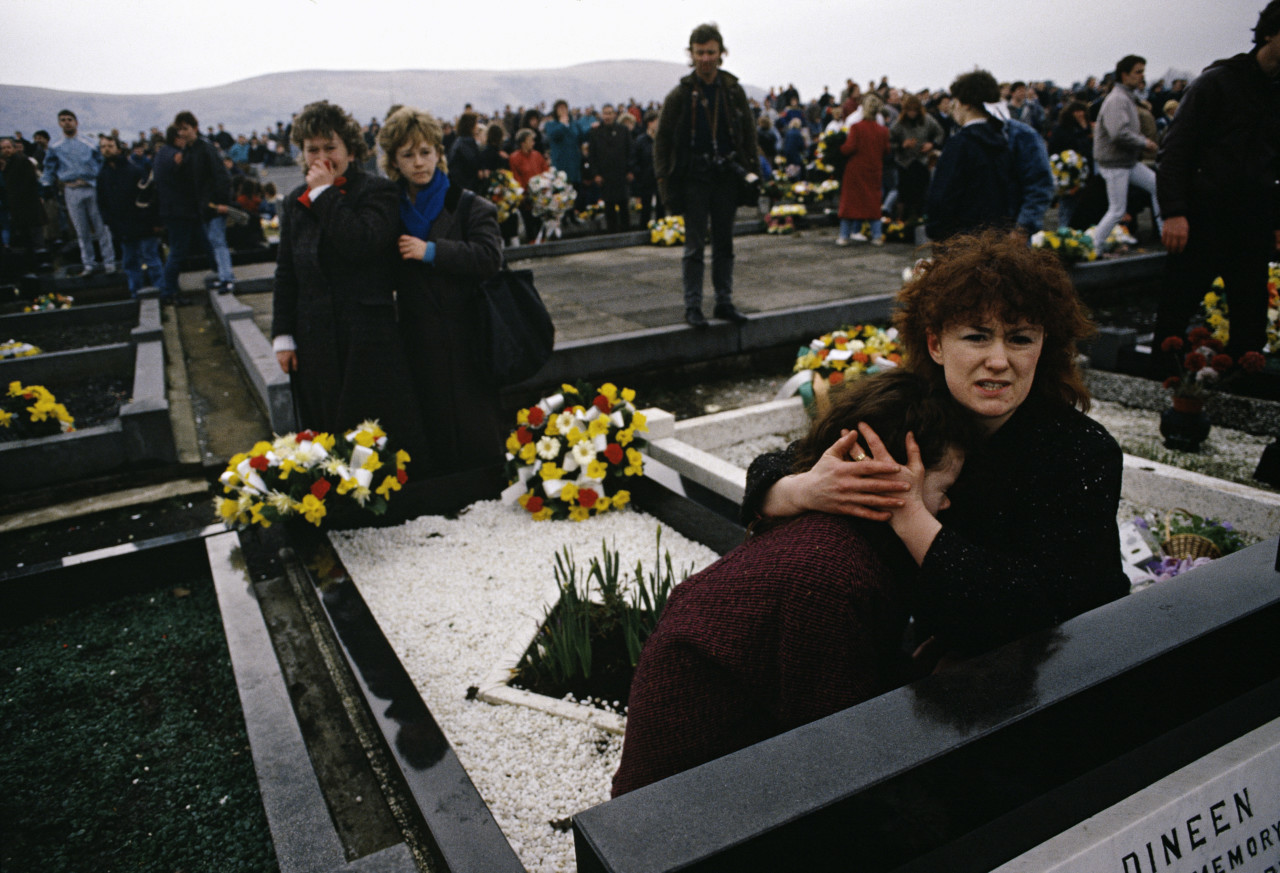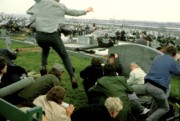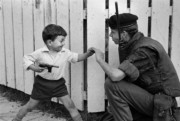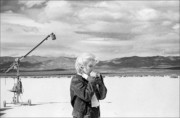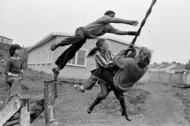Martin McGuinness and the Troubles by Chris Steele-Perkins
On the day of former Sinn Féin politician and Northern Ireland Deputy First Minister Martin McGuinness's death, Magnum photographer Chris Steele-Perkins recounts his witnessing of the historical Milltown Cemetery attack and reflects on the career of a man who became central to the peace process
When the first explosion went off I thought we were being mortared. People were diving for cover without knowing where the attack was coming from. Nobody very close to me had been injured. I went into auto-pilot, moving around the graveyard recording what was going on in front of me: people shouting, some screaming, carrying the wounded or trying to treat them where they were. Others staggered around in shock.
I saw a white van down the hill and assumed it was where the mortars came from. It turned out they were grenades thrown by Protestant UDA member Michael Stone. The crowd captured him near the van and almost beat him to death. He was saved by the police. I knew nothing about this at the time. I stayed in the cemetery recording the mayhem there,
History is peppered with people who have resorted to violence to effect change, they are heroes, terrorists, soldiers, resistance, freedom-fighters, thugs, depending on who is eventually the winner and gets to write history. In my view, Martin McGuinness has blood on his hands, but he also had the courage and vision to engage with the peace process and bring the hard-liners with him and the peace accord known as The Good Friday Agreement was made on the 10 April 1998. Later, McGuinness became a legitimate Deputy First Minister in the devolved government. I think history will remember him as a freedom fighter and a peacemaker, rather than a killer and a terrorist.”


